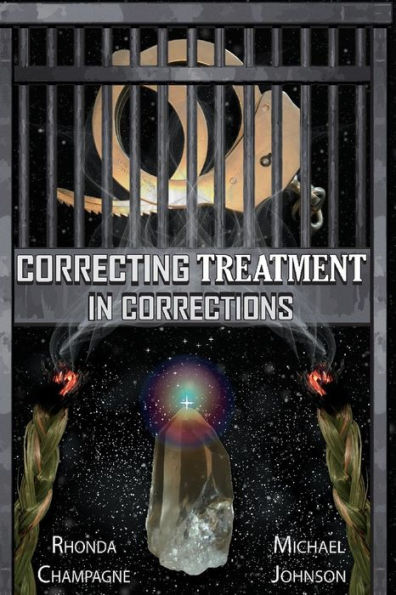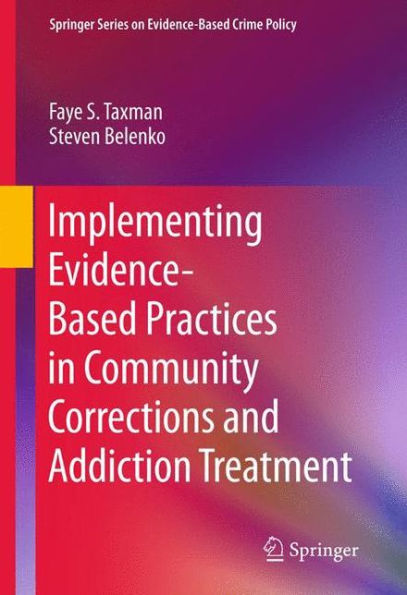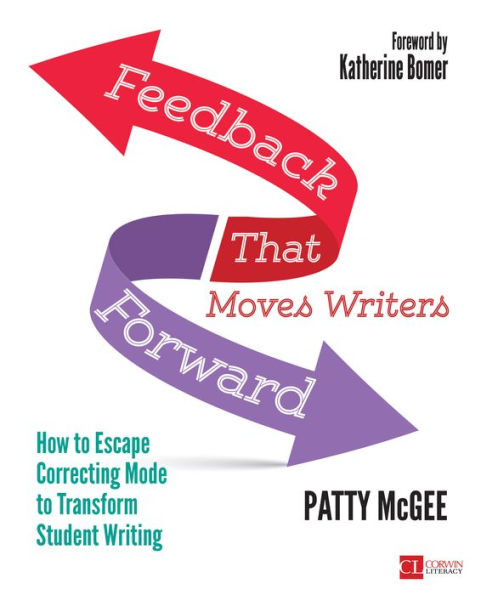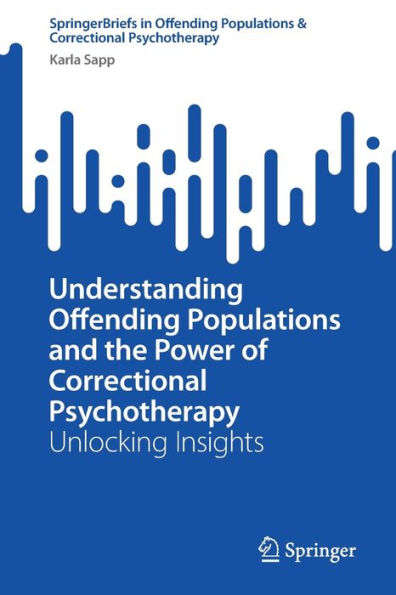Home
Correcting Treatment Corrections
Loading Inventory...
Barnes and Noble
Correcting Treatment Corrections
Current price: $18.99


Barnes and Noble
Correcting Treatment Corrections
Current price: $18.99
Loading Inventory...
Size: Paperback
*Product Information may vary - to confirm product availability, pricing, and additional information please contact Barnes and Noble
The Montana Department of Corrections recognized research-based studies showing a large population of incarcerated people have underlining trauma related to addiction and criminal behavior. In the effort to address the overcrowding penal system and reduce recidivism, the department transitioned the Riverside Youth Correctional facility in Boulder Montana to house an adult female population. The newly named, Riverside Recovery and Reentry Program was a pilot program focused on implementing a trauma-informed and trauma-responsive treatment agenda inside the walls of the prison.
All the officers from the youth program would remain at the facility and transition to the new trauma program. The department hired one new member to the Riverside team. Rhonda Champagne, a licensed clinical social worker (LCSW). Ms. Champagne accepted the position as the trauma therapist. She would assist the development of a trauma treatment agenda and help lead the team in the development of a trauma-informed and trauma-responsive treatment facility. A simple task with her credentials and extensive experience.
There was only one thing standing in the way. The policies and procedures developed to uphold a safe and secure environment were often counterproductive to supporting a treatment environment. It did not take long before the therapist was able to put a face to these policies and procedures. Lieutenant Michael Johnson became that 'face' as the housing unit manager.
Coming from totally different perspectives the lieutenant and the therapist battled to work together to implement a trauma informed treatment program inside the walls of a correctional facility. As they argued through their conflicting perspectives, they soon learned they had something in common, which would prove to be the joining factor. Despite their differences they both wanted the women in their treatment program to overcome trauma, addiction and criminal behaviors while maintaining a safe and secure environment throughout the process.
The reader will follow the therapist and lieutenant, as if a fly on the wall, during the many debates between the elements of treatment and security. This eavesdropping on dialog provides the reader to come to their own conclusion as to the best way to implement a trauma treatment program inside a correctional setting. This style of writing is exceptionally useful to the undergraduate's ability to apply deep introspection in their upcoming career in any field dealing with human behavior but particularly in criminology and social work.


















